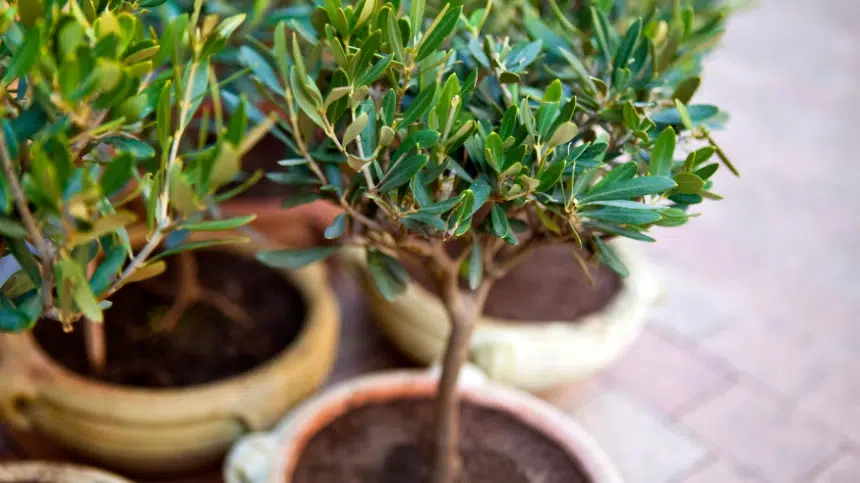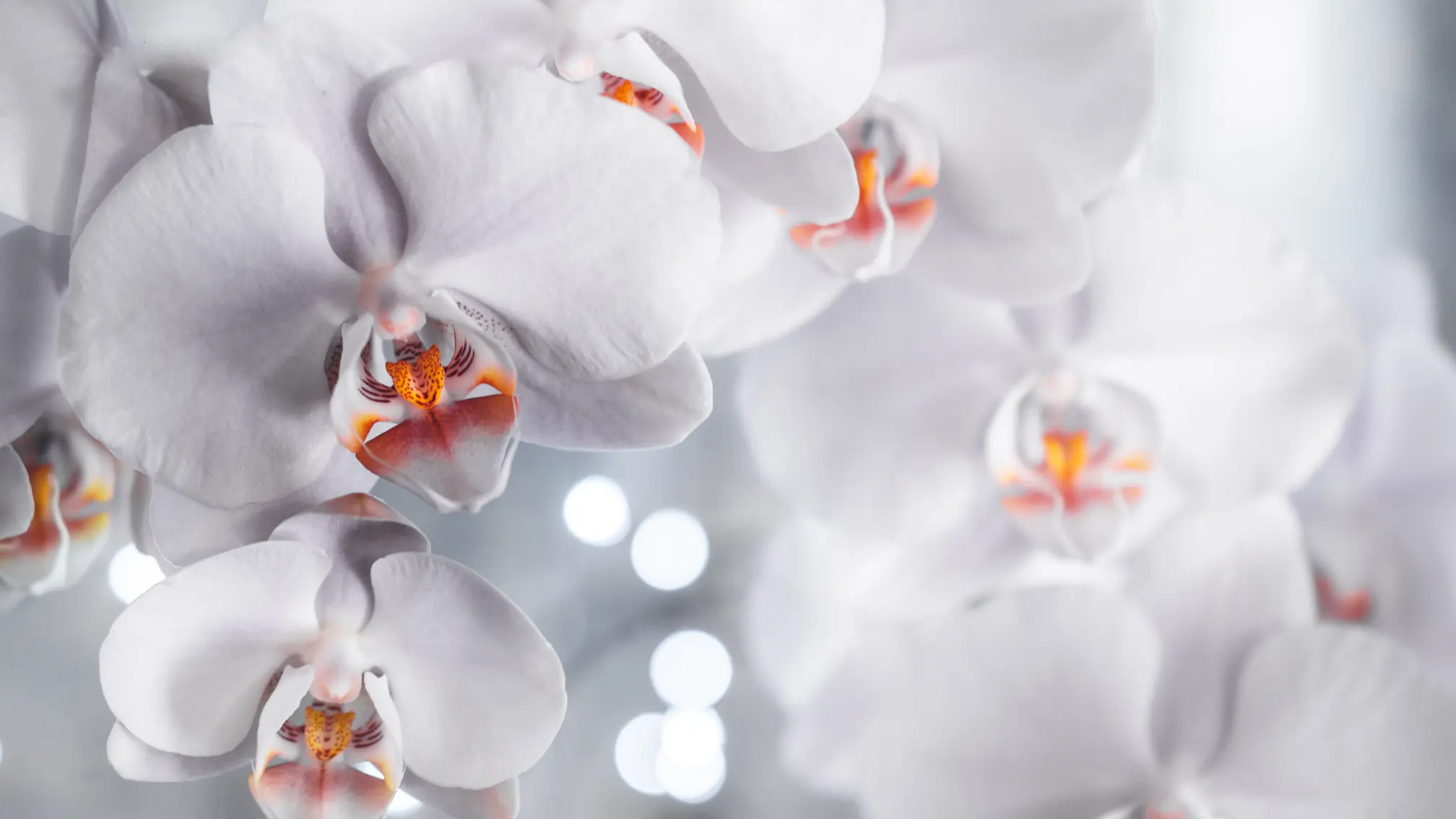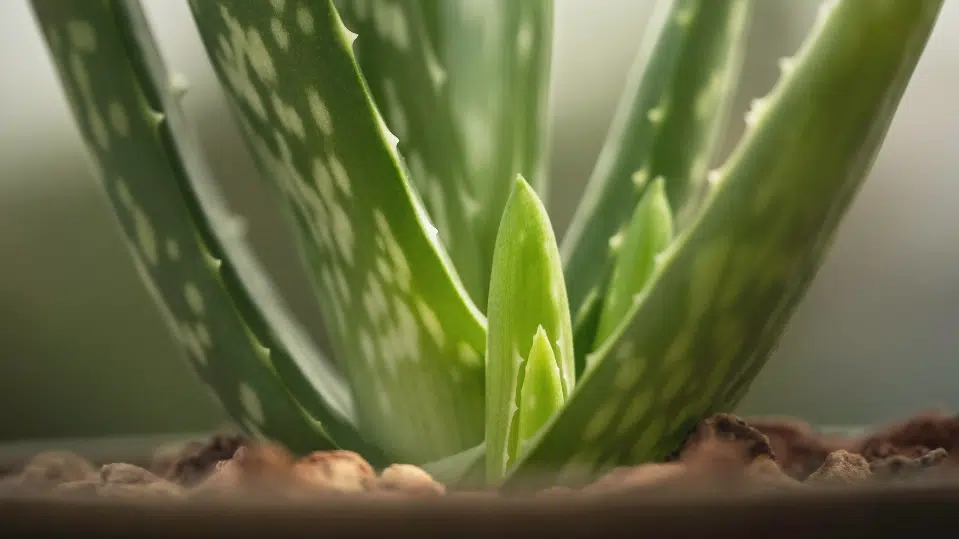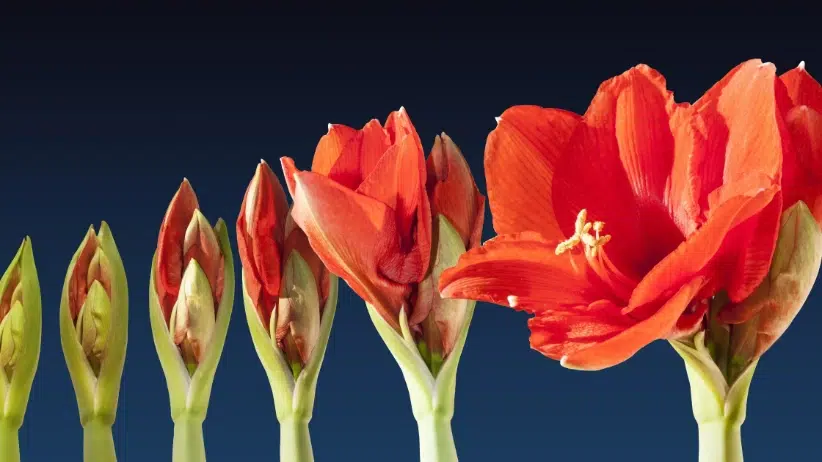Olea europaea (olive tree) is a small evergreen tree native to the Mediterranean region, including parts of Europe, Africa and Asia. Olive trees have been cultivated for thousands of years and are of great cultural and economic importance. These trees are mainly grown for olive oil production, but olea is also popular with garden lovers and used to create a unique green ambience.
Olives have a twisted and gnarled trunk, with silver-green leaves. The leaves are lanceolate and leathery and remain on the tree year-round. These characteristics ensure that the olive tree is available all year round and is therefore a popular product in the wholesale flowers & plants From Verbeek & Bol.
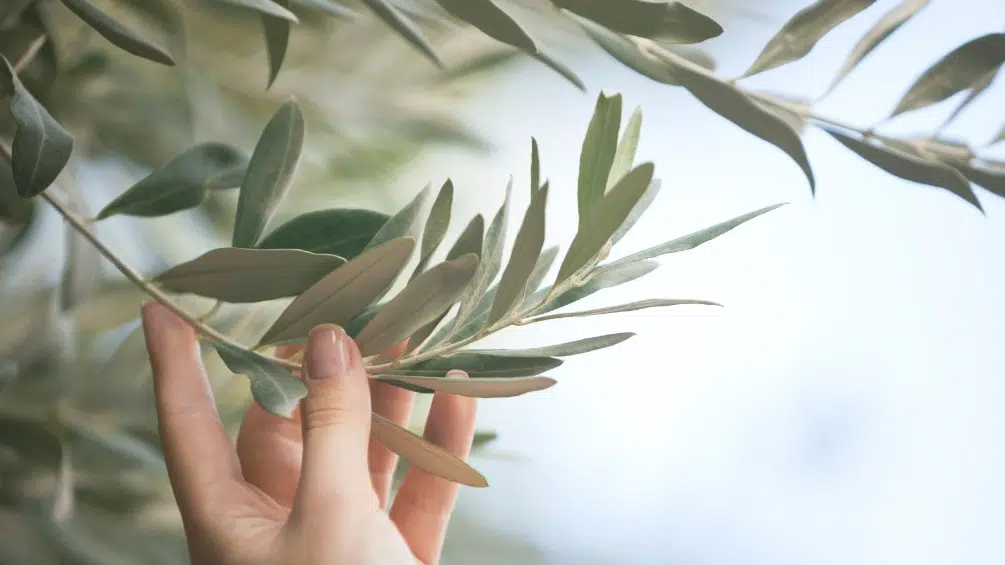
The main characteristics of Olea Europaea
Overall, the olive tree's distinctive appearance, with its twisted trunk, silver-green leaves and abundant fruit, has made it a symbol of peace, prosperity and long life throughout history. This medium-sized tree is available wholesale from 20 cm to 2 metres. With the right growing conditions, it can reach a height of about 10-12 metres. If you are aiming for these huge results, you will find the right growing tips later in this article. But first, let's go through the main characteristics of the olive tree.
Olea Europaea is easily recognised by the following characteristics:
1. Tribe. Olive trees have a twisted and gnarled trunk. The bark of the tree is grey-brown and becomes rough and deeply grooved as the tree ages.
2. Leaves. Olive leaves are small, narrow and lanceolate. The texture is leathery and usually has a grey-green colour on top. The underside can look silvery due to a fine layer of tiny hairs. The leaves are evergreen, meaning they stay on the tree all year round.
3. Fruits. The fruits of the Olea europaea tree are, of course, olives. They are small, oval-shaped drupes with a hard kernel in the centre. Their colour varies depending on the stage of ripeness, ranging from green to black. Remember to water your tree well and don't forget to use fertiliser to get your own olives.
4. Height. This medium-sized tree can reach a height of about 10-12 metres. If you have been thinking of planting olive trees in your garden (or maybe even growing them in a container), you might be wondering how tall olive trees grow. They can grow as tall as 2 metres. This does not happen quickly. Olives grow only two to 10 centimetres a year. Moreover, a potted olive tree will grow more slowly than a plant planted in the ground.
5. Age. In the wild with the right Mediterranean conditions, olives can reach a flamboyant age of 500 years. As you would expect, this old age is not possible for trees growing in pots. So you might ask, how long will an olive tree live in a pot? In a pot, they can survive for several years, although they will eventually have to be planted in the ground to survive. As long as you have a large enough pot, the tree can live in it for up to eight or nine years. Put the pot in full sun.

Olive tree best growing tips
Olea Europaea are considered low-maintenance plants. They are drought-tolerant and prefer dry soil and air, regular watering and six hours of daily sunlight. Their adaptability allows them to succeed in different conditions, including outside a Mediterranean climate. To make your tree grow beautiful and strong, here are some tips for growing Olea europaea in a garden.
The right spot and soil quality
Choose a sunny spot in your garden. Olive trees thrive in regions with a Mediterranean climate, they need a lot of sunlight. At least six hours a day. The more sun the olive gets, the better it grows. Once you have found the right sunny spot, check the quality of a soil. Olea prefers well-drained soil with a pH between 6 and 8. If your soil is clayey or heavy, consider improving drainage by adding organic material such as compost or sand. Remember to avoid areas with poor drainage, as waterlogging can damage roots. Plant in spring or early autumn when the soil is warm. Dig a hole slightly larger than the root ball of the sapling and place it in the hole, making sure the bud joint is slightly above ground level. Fill the hole with soil and carefully reinforce it around the roots.
Caring for Olea europaea
Olive trees are drought-tolerant, but young, newly planted trees need regular watering, slightly more often than older trees. Water olives deeply but not often. It is important to let the soil dry out between waterings. Also avoid over-watering as this can lead to root rot. In general, olive trees do not need heavy fertilisation. Once or twice a year in spring and/or autumn can provide essential nutrients. Be careful not to over-fertilise, as this can lead to excessive vegetative growth and reduce fruit production. To keep your tree in good condition, you can prune it from time to time. The best time for this is during late winter or early spring before new growth begins. Also remove dead or diseased branches and thin out crowded areas to improve airflow and sunlight penetration.
How to grow Olea Europaea in a cold climate?
If you live in a cold climate, such as in Scandinavian countries, your olive tree will not survive the winter outside. This is the point where growing your tree in a container can be an option. For the winter months, you can easily put the pot inside. This also has advantages: an olive is also one of the air-purifying plants, and can absorb fine dust from indoor air. Remember to place it somewhere where it gets at least 6 hours of sunlight a day (just like Aloe vera plant). Since olive trees are native to the Mediterranean region, they can tolerate dry indoor air and do not usually require additional humidity.
Sometimes, even in warmer countries, temperatures can drop during the winter months. Olives can be affected by extremely cold weather, below -10°C. This can cause damage to the foliage. To take good care of your tree, pack it carefully in low temperatures (Plant protection cover). This saves the beautiful tree from freezing.
